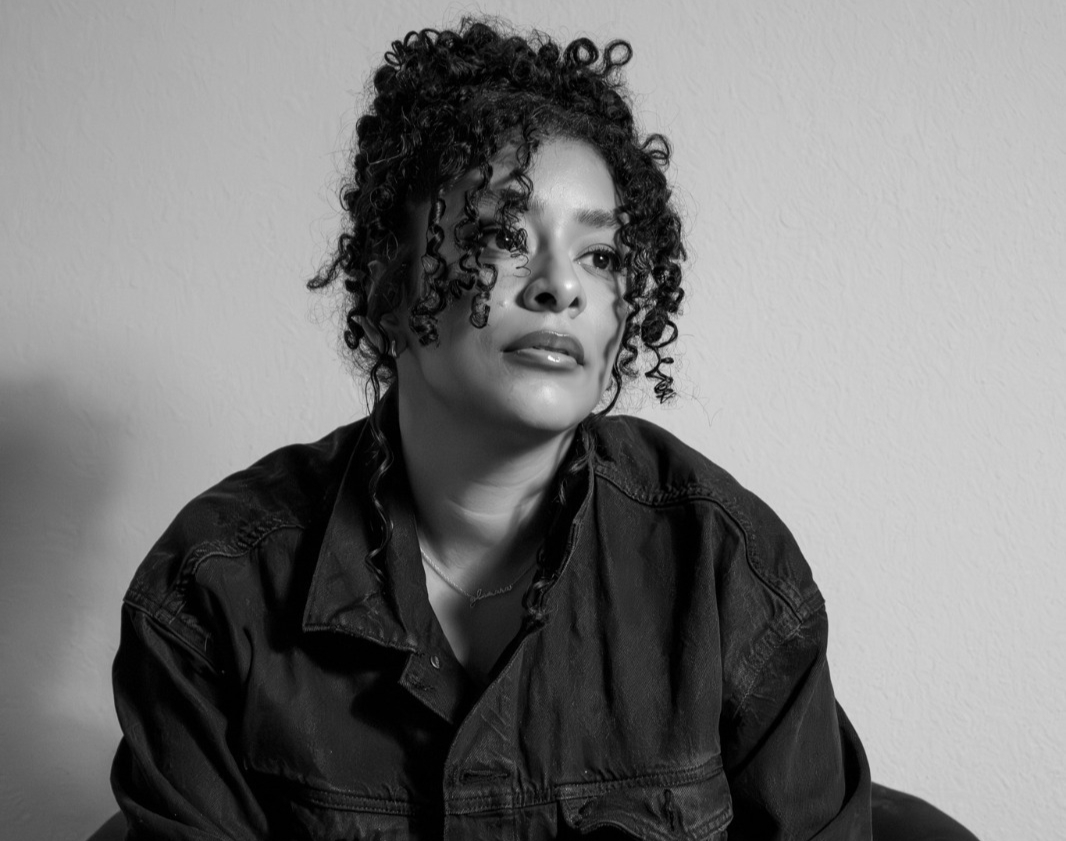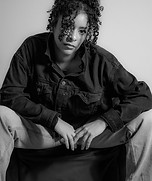The Creative Act: A Way of Being Summary - Rituals Across Cultures
- Massiel Valenzuela

- Nov 3
- 3 min read

In every culture, creation has always been more than a skill — it’s a way of being. Long before the modern world began to chase output, ancient traditions understood that creativity and ritual are inseparable. Whether it’s the brushstroke of a calligrapher, the preparation of tea, or the shaping of clay, each act of making was — and still is — a prayer in motion.
This is the creative act as a way of being — not about the finished product, but the state of presence we enter when we make something with intention.
Ritual as the Root of Creation
Across the world, art and spirituality have always intersected. The first creators were not just artists; they were shamans, monks, and healers who understood that the creative process was a bridge between the seen and unseen.
In Japanese tea ceremonies, every movement — the pouring, the steam, the silence — becomes a meditation on harmony and respect. In Chinese calligraphy, the artist’s breath and brush are one, translating spirit into form. In West African drumming, rhythm becomes language, and storytelling becomes devotion.
Even the simple act of cooking in many cultures — kneading dough, grinding spices, stirring slowly — becomes a form of ceremony. Each repetition, each sensory detail, connects us to something timeless.
The Creative Act: A Way of Being
In Rick Rubin’s The Creative Act: A Way of Being, he reminds us that creation is not limited to the artist or the writer — it is the nature of being human. Every moment of awareness, every gesture of care, every choice to see beauty where others see routine, is creative.
To live creatively is to be in relationship with life itself — to allow it to move through you, shape you, and express through you . Ritual helps us stay connected to that truth. It slows us down enough to remember that creation isn’t about performance, it’s about participation.
Cultural Creativity: Where Spirit Meets Form
Japan — The art of Kintsugi (repairing broken pottery with gold) teaches us that imperfection can become beauty, and that mending is its own kind of art.
India — In Ayurveda and yoga, daily rituals like oiling the skin (abhyanga) or morning meditation are acts of alignment between body and spirit.
Mexico — Through cacao ceremonies and Día de los Muertos altars, creativity becomes remembrance, a way to give shape to love and loss.
Italy — The slow food philosophy reminds us that making a meal from scratch is not labor, but love materialized — a daily creative ritual passed through generations.
Each culture expresses the same truth differently: creation is sacred because it reminds us we’re alive.
Bringing Ritual Back into Modern Life
In a world obsessed with output, ritual is rebellion. It asks us to do less and feel more. You don’t need incense or ceremony to live creatively — just intention.
Make your morning tea without distraction. Light a candle before you write. Cook your dinner with gratitude for the ingredients in your hands. Let ordinary moments become portals into presence.
When we do, we return to what Rubin calls “the artist’s natural state” — receptive, aware, and alive to wonder.
A Reflection
Perhaps every culture has been telling us the same thing all along: that creativity isn’t something we do, it’s something we remember. The brush, the flame, the cup, the breath — they are all tools of devotion.
To live creatively is to live ceremonially — to see life as art, and art as life.
“Creation is not about making something new, but remembering what has always been within you.
.png)







.jpeg)

Comments